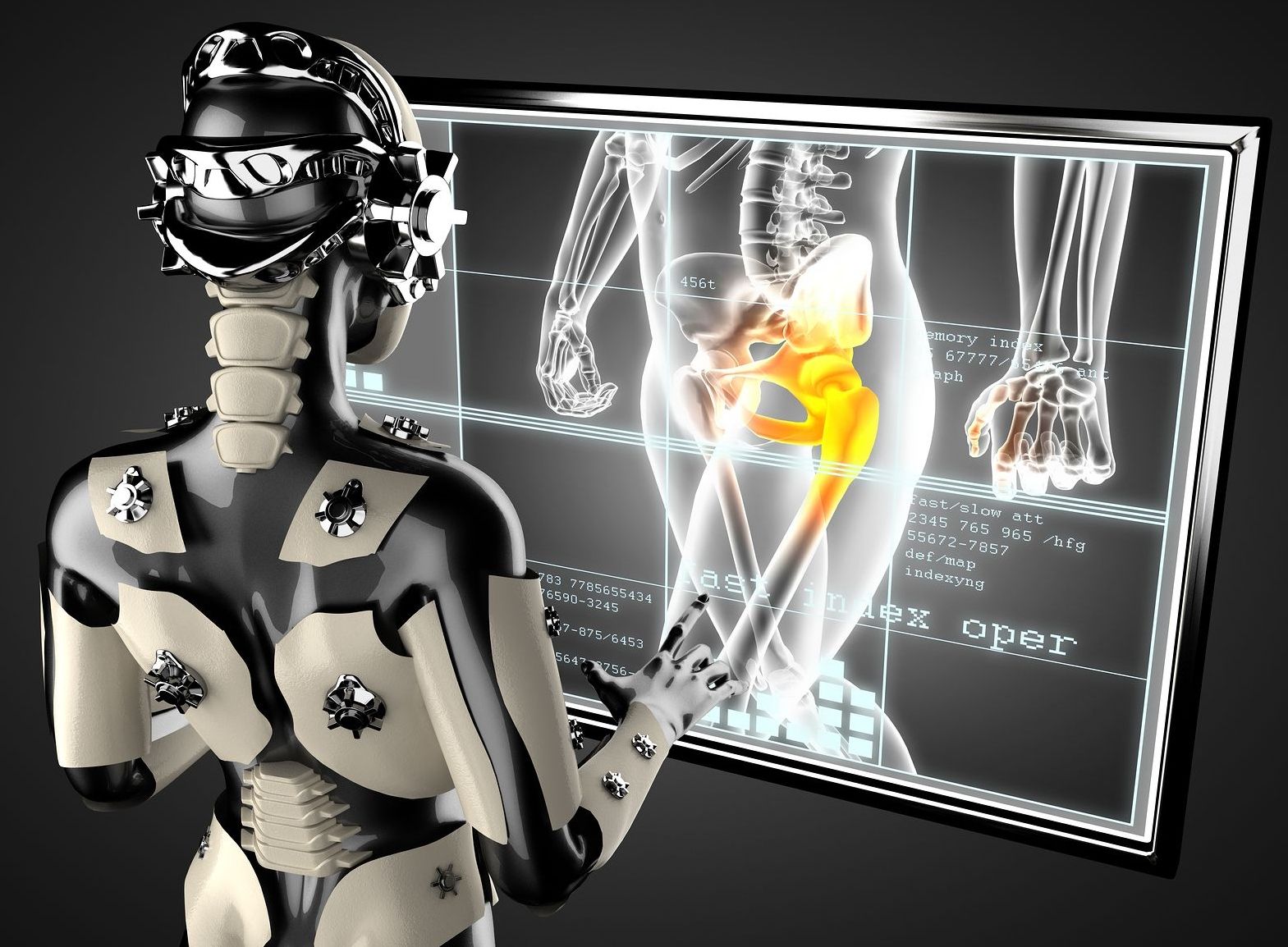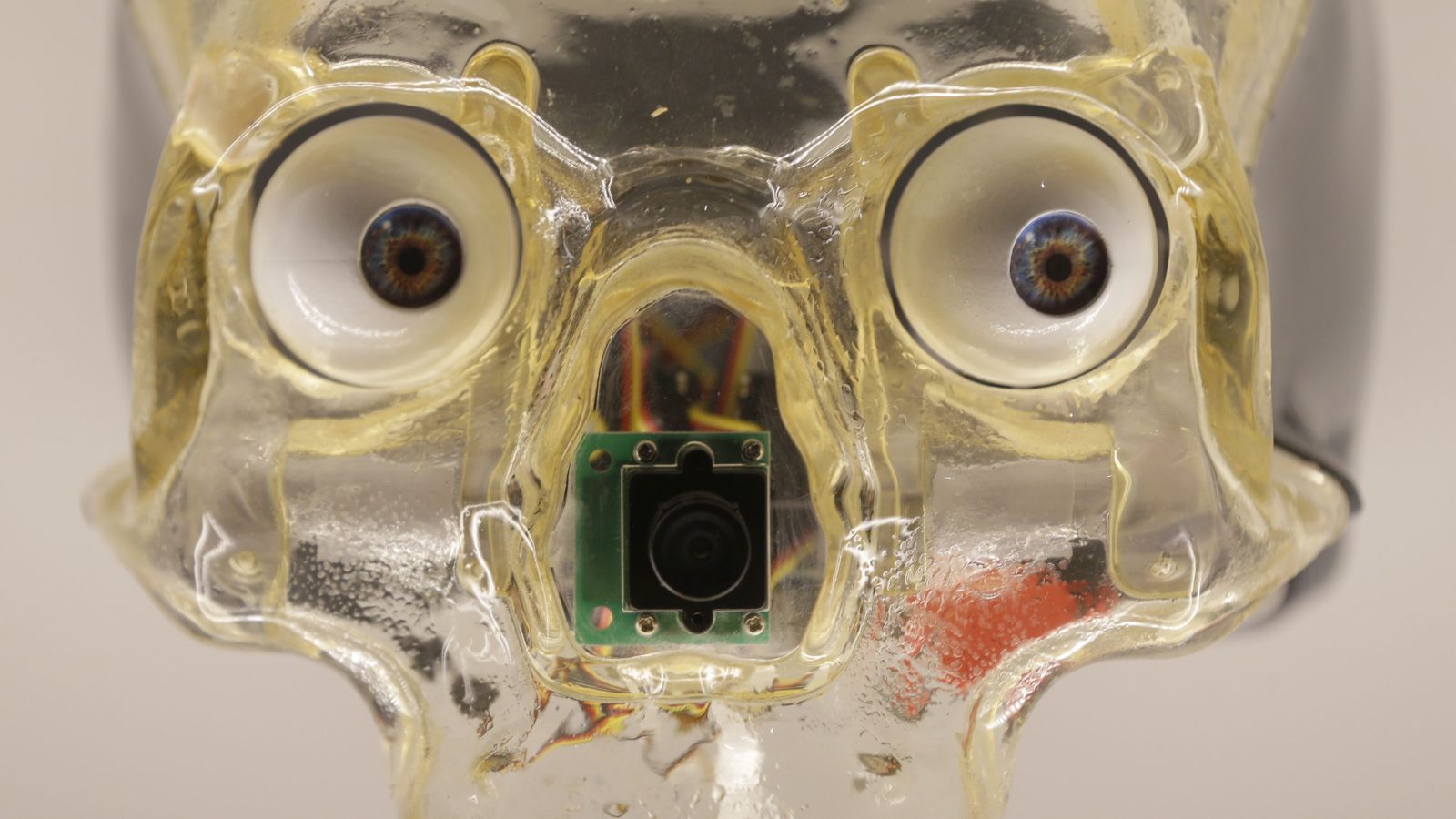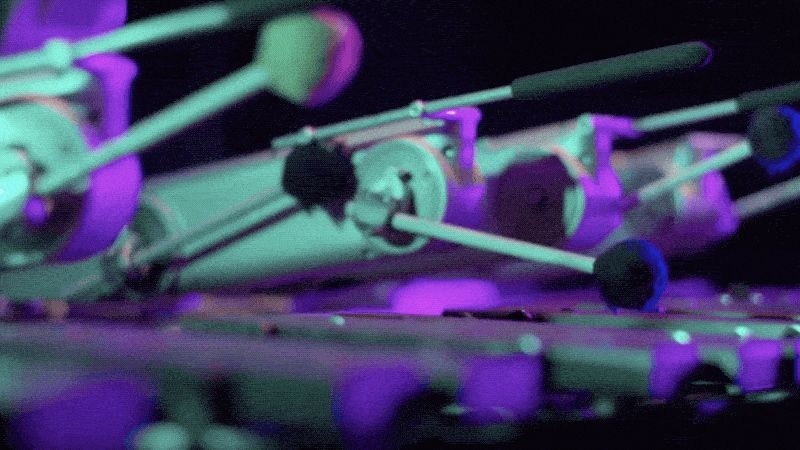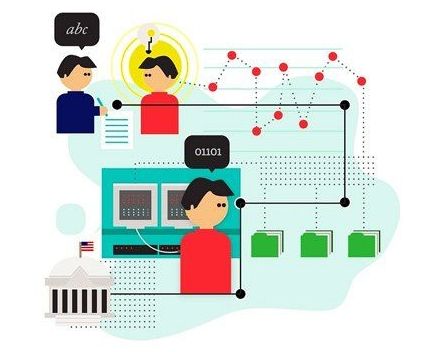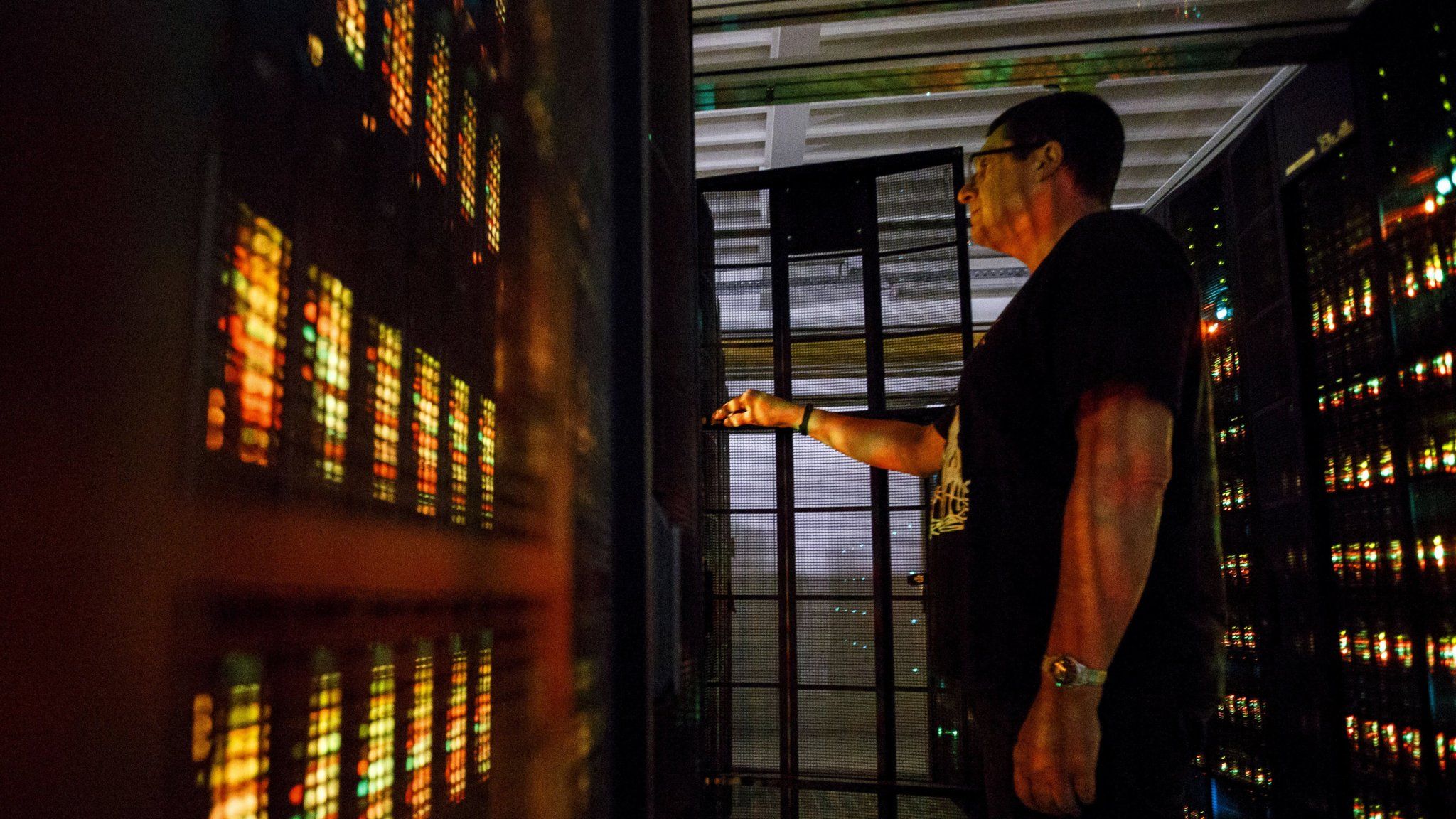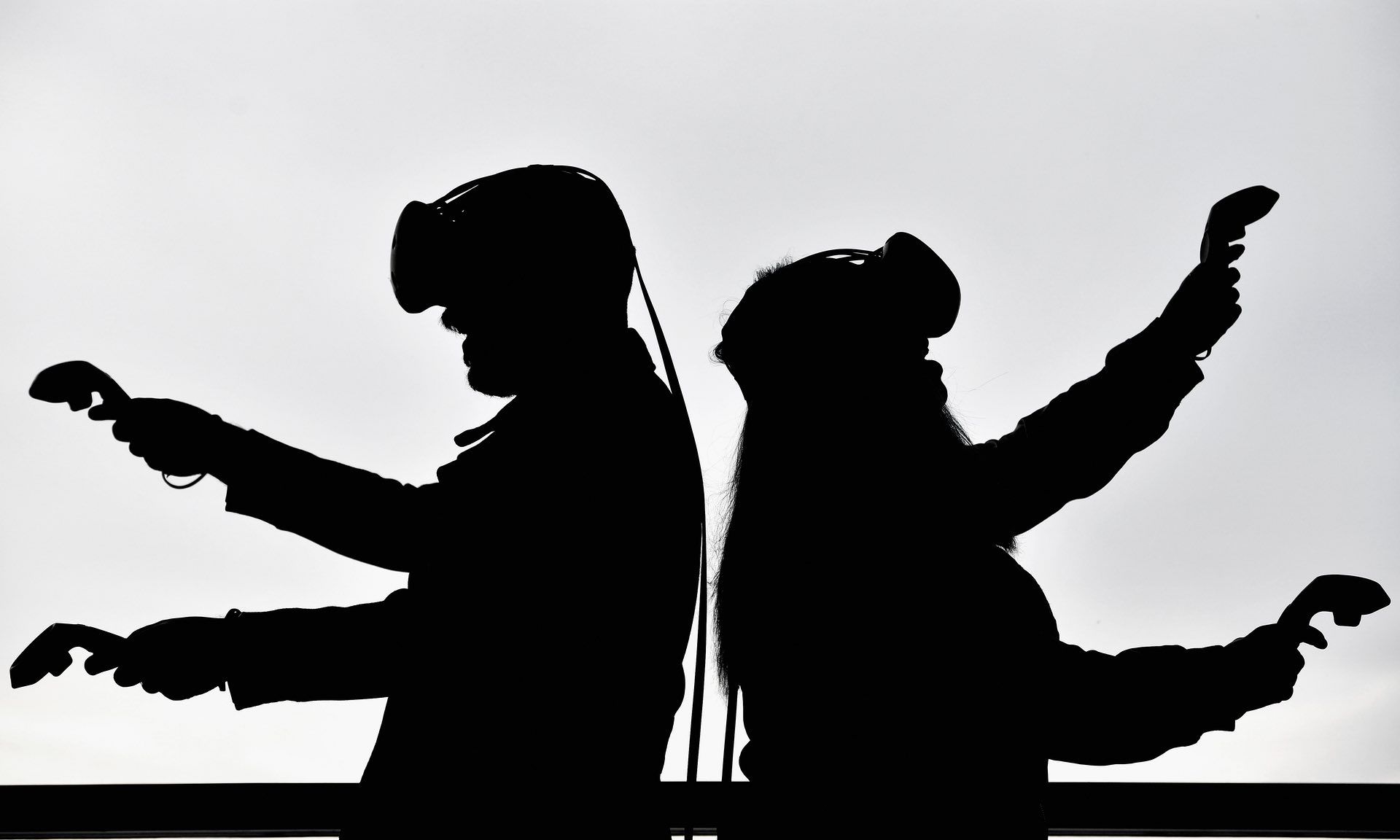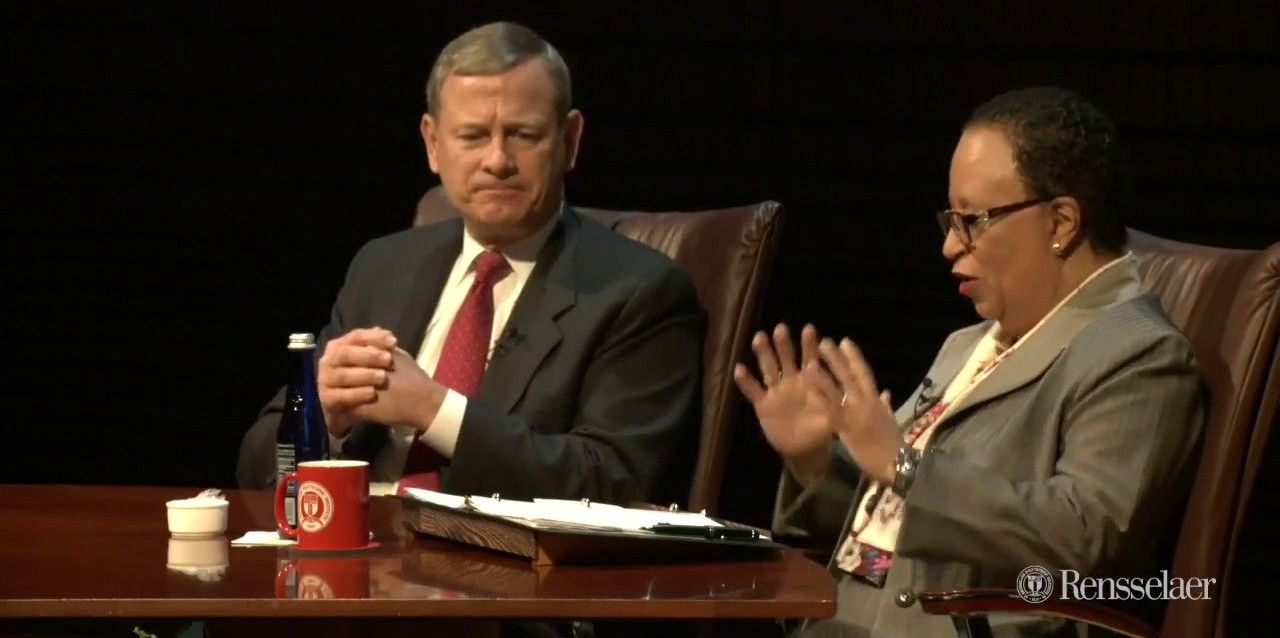You don’t have to be a gambler to appreciate the complexities of the card game Texas Hold ‘Em. It involves a strategy that needs to evolve based on the players around the table, it takes a certain amount of intuition, and it doesn’t require the player to win every hand. Just a few days ago, an artificial intelligence (AI) algorithm named Libratus beat four professional poker players at a no-limit Texas Hold ‘Em tournament played out over 20 days.
If you have even the slightest understanding of how to write code, you would realize that it is impossible to actually code a software program to do that with such “imperfect information”. The AI algorithm did exceptionally well and was utilizing strategies that humans had never used before. Professional poker players are in no danger of losing their jobs, but the incredible capabilities of what AI is mastering these days should make everyone wonder just how safe their jobs actually are.
Let’s take the $3 billion medical imaging market. It’s no secret that AI is now performing certain medical imaging tasks better than human doctors. Pundits say “well, people will always trust a human doctor over an AI” and the answer we’d have to that is “not if the AI is going to give a more accurate answer “. It’s only a matter of time before every X-ray machine is connected to the cloud and one human doctor per hospital puts his hand on your shoulder when he reads you the output from the AI algorithm. Kind of like this:
